Regional focus
Norway’s hotel hideaways
The Kingdom of Norway has a well-earned reputation as a haven for nature lovers – thanks in no small part to the awe-inspiring landscapes and diverse array of natural habitats contained within its borders. So, it should come as no surprise that hoteliers have been working to tap into this trend with hotel designs that not only offer views of the idyllic countryside but add to it. We find out more.
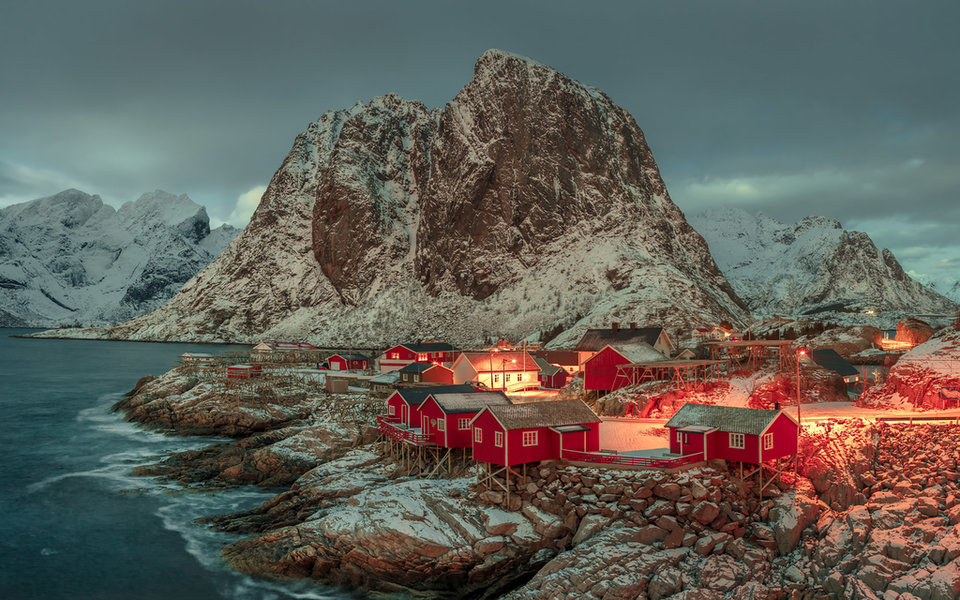
W
hat started as an air mattress on three former schoolmates’ living room floor has since blossomed into a hospitality giant, valued in excess of $30 billion.
Over the last decade, Airbnb, which owns no actual rental real estate, has sought to disrupt the traditional hotel industry. By and large, it has been successful — last year, according to data from Second Measure, Airbnb generated more money in the United States than Hilton, the world’s second largest hotel group, andnarrowed Marriott’s lead over the market. As such, Airbnb now accounts for 20% of consumer lodging spending in the US market and continues to grow at a faster rate than the world’s three largest hotel chains.
Airbnb’s growth has had a significant impact on hotel revenues. Researchers from Florida State University, Boston University, and Texas A&M University recently found that for every 1% increase in the number of Airbnb properties available in a market, the industry saw average revenue per room (RevPAR) decrease by 0.02%. In New York, for instance, every 1% increase in available Airbnb properties saw hotel occupancy dip by up to 0.1%.
Airbnb’s success is largely down to the value for money that it offers, with 70% of guests saying they book homestays to save money according to Consumer Reports. Likewise, 58% said they were seeking unique accommodation, while 53% wanted accommodation that offered access to a kitchen.
Despite that, studies show that Airbnb is more of a threat to the industry’s growth than its existence. While some 60% of leisure travellers who stay at both hotels and Airbnb’s say they prefer home rentals over hotel rooms, 68% of business travellers say the opposite, according to Clever Real Estate.
The same Consumer Reports survey found that safety concerns put 55% of guests off booking homestays, while 40% didn’t want to interact with the homeowner.
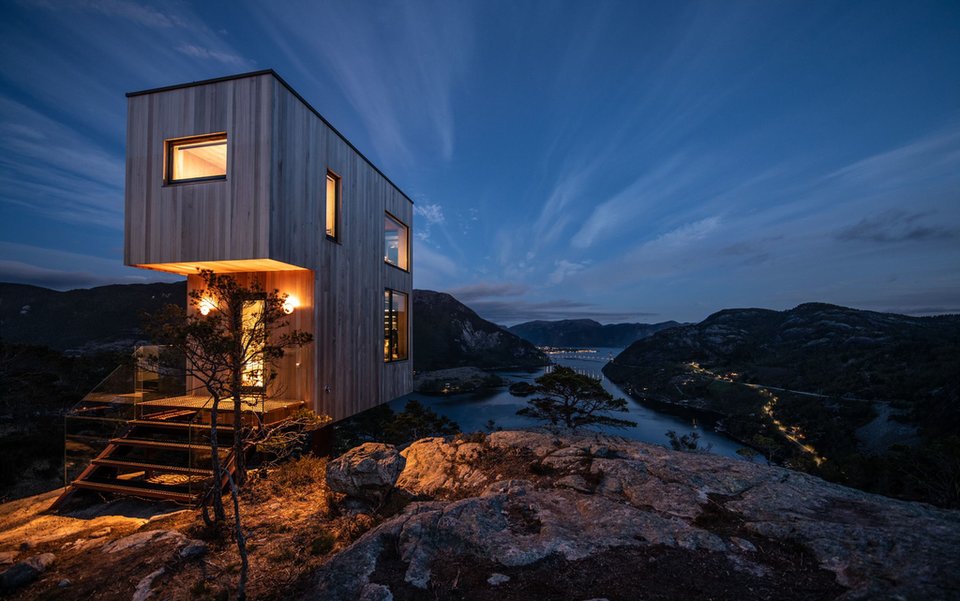
Only a short distance from the iconic Preikestolen (Pulpit Rock), the Bolder Skylodges are nestled on a cliff overlooking the famed Lysefjord. Both lodges rest on single columns that have been drilled 10ft into solid bedrock, which results in a feeling of floating above the landscape below.
The sky lodges are both 22 square metres and include two double bedrooms, design kitchen, bath and dining room.
The Bolder. Credit: The Bolder
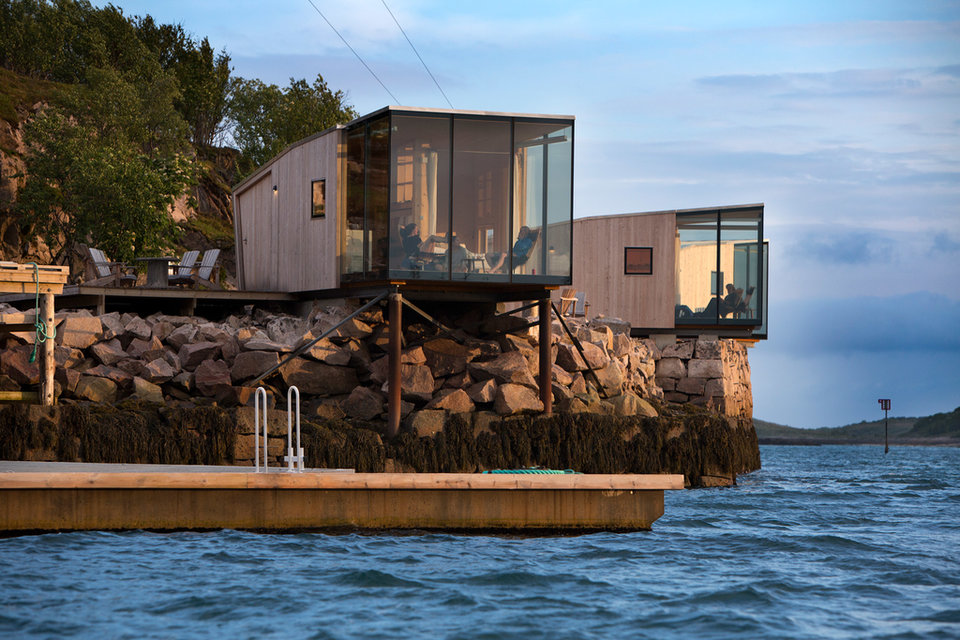
In a remote habour on the island of Manshausen, Nordskot, sit four sea cabins designed by architect Snorre Stinessen. The location is a remote haven that provides guests with both comfort and beautiful views overlooking the sea and mountains.
Three of the cabins are set along the old stone jetty while the fourth is situated above the others on a natural ledge in the terrain. Each cabin is glazed on three sides, and through the large glass windows guests can watch the changing sea and sky from the comfort of their bed.
Manshausen. Credit: Thomas T. Kleiven | VisitNorway.com

Located approximately 30 minutes from Haugesund city centre, the Flokehyttene have been specifically designed to slot into the surrounding environment without leaving any permanent traces of the cabins. As such, the cabins were constructed without drilling, digging or levelling.
The final result is five small cabins, each with room for five people, including kitchen, living room, fireplace and toilet, that offer panoramic views over the North Sea.
Flokehyttene. Credit: Holon Arkitektur

Developed by design company Livit, the Birdbox structure located in Norway’s Fauske is engineered to look like a conventional bird-box, only on a much larger scale.
Each prefabricated cabin is mounted on adjustable legs, which reduces the environmental impact of the structure. A large circular window is fitted into each unit, through which guests can view the mountain range of Blegja and the Førdefjord.
Birdbox Fauske. Credit: Birdbox Fauske
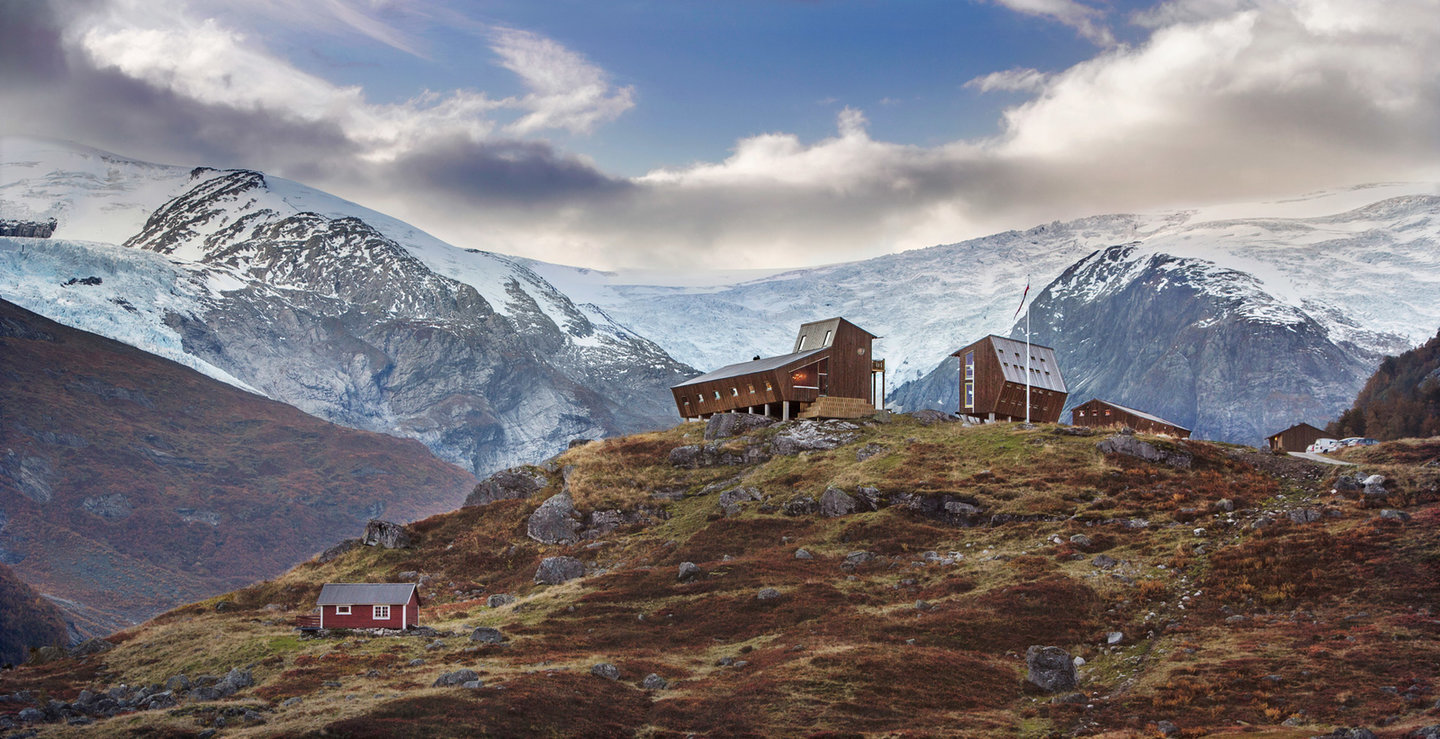
Tungestølen’s collection of pentagonal timber cabins, nestled over the Jostedalen glacier, were designed by Norwegian architecture firm Snøhetta to replace the original Tungestølen Tourist Cabin, which was destroyed by a cyclone in 2011.
The new cabins have been designed with the surrounding climate in mind. Each of the outward-facing walls is pointed to help deflect wind that blows up from the neighbouring valley. While the unusual shape may stray from the traditional style of a Norwegian cabin, Snøhetta has balanced this out with colours and materials that reflect the surrounding environment.
Tungestølen. Credit: Snøhetta
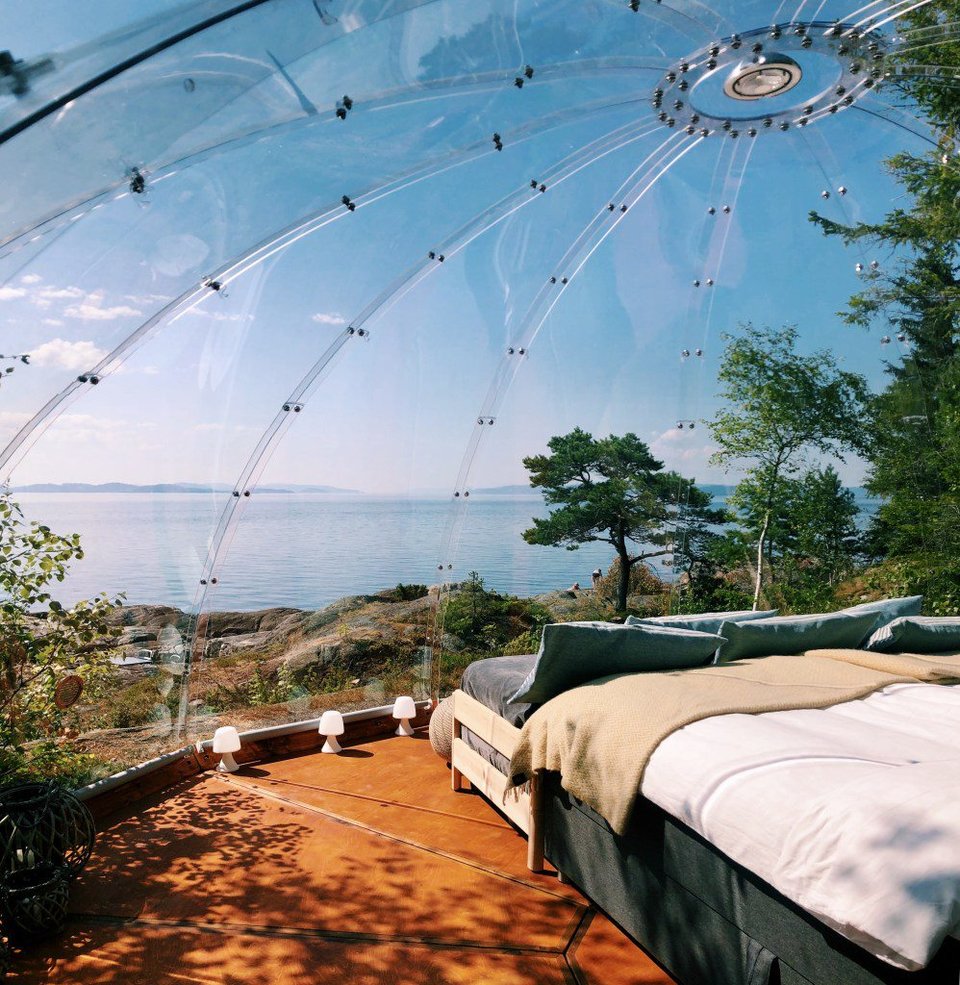
For guests looking for a more unusual experience, Trones-Eye’s array of glass igloos offer a uniquely uninterrupted view of the Trondheim Fjord.
The ‘igloos’ get their name from the thin, eye-like membrane that makes up the glass dome. It is sturdy enough to provide shelter from the elements, while also allowing for a 360° view of the surrounding area. Each ‘igloo’ is equipped with a luxury bed and heating.
Trones-Eye. Credit: Trones Eye

The Bolder. Credit: The Bolder
The success of Airbnb has drawn attention to the aparthotel concept, a hybrid of the traditional hotel environment and the home-like accommodation offered by brokers such as Airbnb.
Aparthotels typically offer a little more than the bed, bath and desk that you will find in more typical hotel rooms. At Locke Hotels, which offer design-led aparthotels across the UK, guests can expect fully equipped kitchens, flatscreen TVs, fast and secure Wi-Fi, washing machines, dryers, and dishwashers.
These in-room amenities are offered alongside the hotel experience, with guests able to enjoy access to Locke’s luxury bars and restaurants, as well as its wellness and fitness facilities.

Manshausen. Credit: Thomas T. Kleiven | VisitNorway.com
In a remote habour on the island of Manshausen, Nordskot, sit foursea cabins designed by architect Snorre Stinessen. The location is a remote haven that provides guests with both comfort and beautiful views overlooking the sea and mountains.
Three of the cabins are set along the old stone jetty while the fourthis situated above theothers on a natural ledge in the terrain.Each cabin is glazed on three sides, and through the large glass windows guests can watch the changing sea and sky from your bed or the comfortable chairs.

Flokehyttene. Credit: Holon Arkitektur
Located approximately 30-minutes from Haugesund city centre, the Flokehyttenehave been specifically designed to slot into the surrounding environment without leaving any permanent traces of the cabins. As such, the cabins were constructed without drilling, digging or levelling.
The final result is five small cabins, each with room for five people, including kitchen, living room, fireplace and toilet, that offer panoramic views over the North Sea.

Birdbox Fauske. Credit: Birdbox Fauske
Developed by design company Livit, the Birdbox structurelocated in Norway’s Fauske is engineered to look like a conventional bird-box, only on a much larger scale.
Each prefabricated cabin is mounted on adjustable legs, which reduces the environmental impact of the structure. A large circular window is fitted into each unit, through which guests can view the mountain range of Blegja and the Førdefjord.
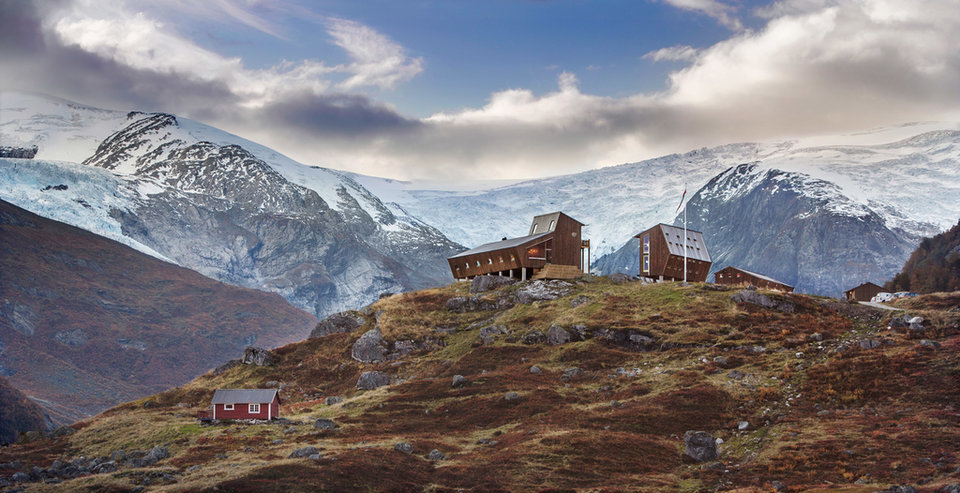
Tungestølen. Credit: Snøhetta
Tungestølen’s collection of pentagonal timber cabins nestled over the Jostedalen glacier were designed by Norwegian architecture firm Snøhetta to replace theoriginal Tungestølen Tourist Cabin, which was destroyed by a cyclone in 2011.
The new cabins have been designed with the surrounding climate in mind. Each of the outward-facing walls is pointed to help deflect wind that blows up from the neighbouring valley. While the unusual shape may stray from the traditional style of a Norwegian cabin, Snøhetta has balanced this out with colours and materials that reflect the surrounding environment.

Trones-Eye. Credit: Trones Eye
For guest looking for a more unusual experience, Trones-Eye’s array ofglass igloos offer a uniquely uninterrupted view of the Trondheim Fjord.
The ‘igloos’gets their name from the thin, eye-like membranethat makes up the glass dome. It is sturdy enough to provide shelter from the elements, while also allowing for a 360° view of the surrounding area. Each ‘igloo’ is equipped with a luxury bed and heating.